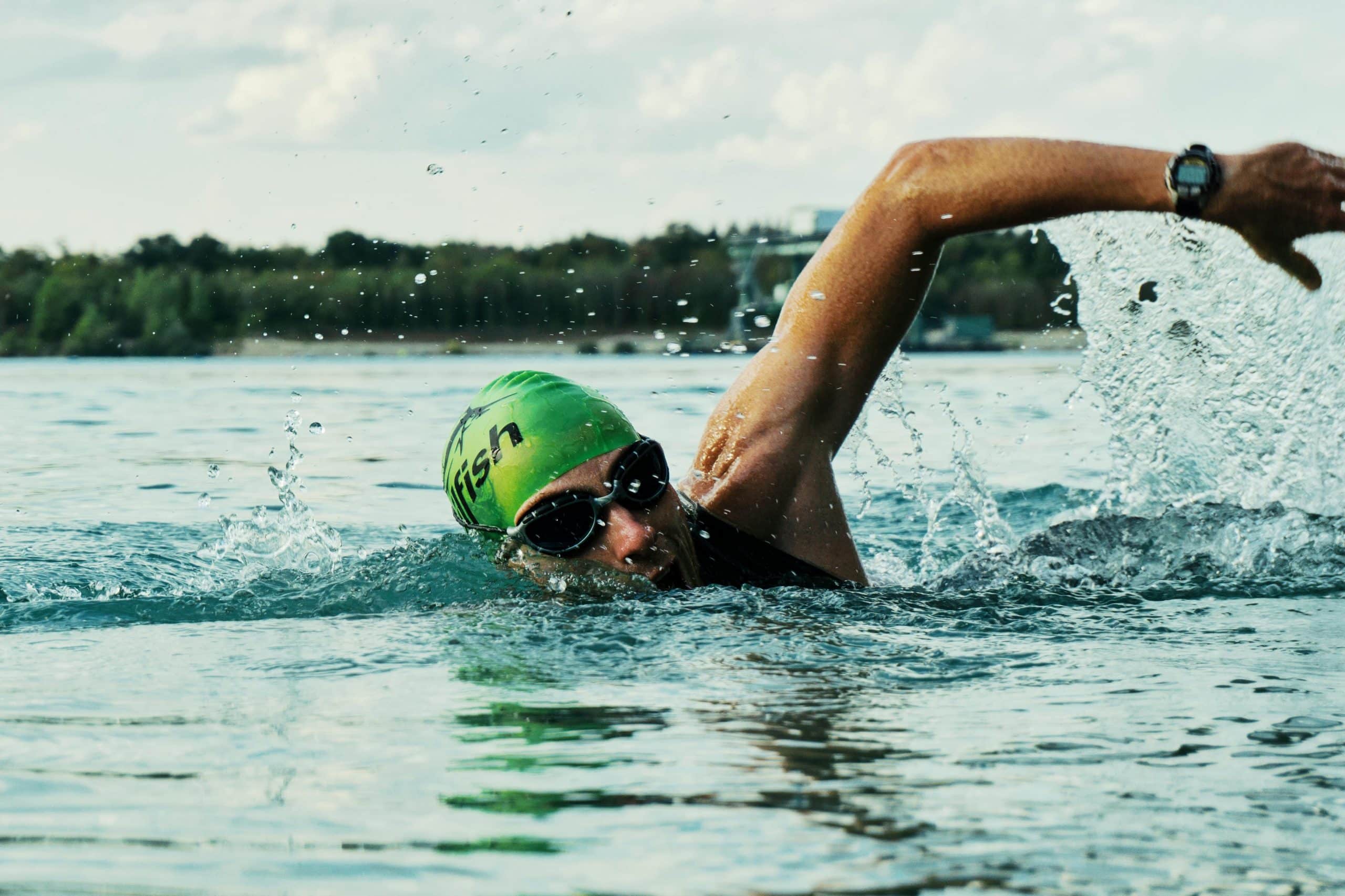How Can Underwater Cameras Enhance Stroke Correction in Competitive Swimming?

As swimmers, you know that the difference between winning and losing can come down to a fraction of a second. Improving your swimming velocity can be a challenging task. You often depend on coaches’ advice and your personal sense of your strokes to improve. However, there’s a more scientific and resourceful method to aid in stroke correction — the use of underwater cameras. This article takes a deep dive into how underwater cameras can enhance stroke correction in competitive swimming.
The Science of Swimming: A Scholar’s Perspective
Scholarly articles on swimming technique analysis have long stressed the importance of the correct stroke form to maximize swimming velocity. A quick search on Google Scholar or PubMed reveals numerous studies confirming the correlation between stroke form and swimming speed.
Also read : What’s the Best Way to Incorporate Mindfulness Practices into Pregame Routines?
As your body moves through water, you are always working against resistance. To overcome this, it’s crucial that you maintain a streamlined position and execute each stroke efficiently. Every unnecessary movement can lead to an increase in drag, thus lowering your velocity. Also, imbalance in stroke can lead to veering off course, which leads to inefficient swimming paths.
Underwater cameras, hence, provide a new perspective to stroke analysis, allowing swimmers to visualize their stroke form and make necessary corrections.
Also to discover : What’s the Effect of Progressive Muscle Relaxation on Post-Competition Recovery?
Underwater Cameras: A New Lens to Stroke Analysis
You’re likely familiar with traditional video analysis methods where a coach records your swim from the pool deck. While useful, this method provides a limited view. An underwater camera, however, provides a 360-degree view of your stroke, enabling a more comprehensive analysis.
Underwater cameras can capture the minute details of your strokes: the precise hand entry position, the underwater pull phase, the timing of your breath, among other aspects. This wealth of data captured by the camera can be immensely valuable in improving your swimming technique.
Armed with this video footage, you and your coach can dissect every aspect of your stroke, identify areas of improvement, and devise strategies to correct them. The visual aids provided by the camera can make it easier for you to understand the necessary adjustments.
Turning to Technology: Video Analysis Software and Apps
Today, several video analysis software and apps, such as Dartfish, Hudl Technique, and Coach’s Eye, are available to enhance the utility of underwater camera footage. These tools allow you to slow down the video, annotate it and compare it against ideal stroke models.
You can use these tools to watch your strokes in slow motion, frame by frame. This allows both you and your coach to spot elements of your technique that might be slowing you down or causing imbalances. For instance, by slowing down the video, you can scrutinize the underwater phase of your stroke, which is known to greatly impact your speed.
In addition, video analysis tools often come with drawing tools and side-by-side comparison features. You can draw lines and angles on your video to assess your body alignment and stroke angle. The comparison feature allows you to compare your stroke against that of elite swimmers or your previous swims.
Learning Lessons: Real-world Applications and Results
Across the globe, many swimming clubs and sports institutes have started to incorporate underwater camera systems in their training regimen. According to a Crossref article, the Australian Institute of Sport’s swimming team used underwater cameras and video analysis software extensively in their training for the Sydney 2000 Olympics.
The result? The team clinched 18 Olympic medals, including five golds. They credited a significant part of their success to the insights gained from underwater video analysis.
Not just elite swimmers, but swimming learners can also benefit from underwater videos. Swim lessons that incorporate video feedback have been found to be more effective in helping beginners learn the correct technique. It appears that the visual feedback accelerates the learning process, making swim lessons more efficient.
DOI: The Future of Swimming
The integration of underwater cameras in competitive swimming is only just beginning. As technology continues to advance, expect to see more sophisticated camera systems and analysis tools. For instance, the future may see the rise of artificial intelligence (AI) integrated cameras, capable of providing real-time analysis and instant feedback.
We might also see the incorporation of DOI (Digital Object Identifier) in these camera systems. With a unique DOI, each underwater video can be easily catalogued and retrieved for future reference. This will not only help swimmers track their progress but also contribute to the pool of knowledge on swimming techniques.
In essence, underwater cameras have opened up a new frontier in swim training and stroke correction. Whether you’re an elite swimmer aiming for that gold medal or a beginner learning the ropes, harnessing the power of underwater cameras could significantly enhance your swimming journey.
Fine-Tuning Techniques: Enhancements in Front Crawl and Other Strokes
The beauty of underwater cameras lies in their ability to uncover the nitty-gritty details of your swim form that often go unnoticed in surface swimming. For instance, consider the popular front crawl stroke. This stroke is a complex blend of arm stroke, body rotation, and rhythmic breathing. However, if not performed correctly, it can lead to increased resistance, lowered stroke rate, and thus, a slower swimming velocity.
With underwater cameras, you can get a closer look at your arm stroke, hand entry, body roll, and kick. You might notice that your hand entry is too wide, causing an imbalance in your stroke. Or maybe, your body isn’t rotating enough, affecting your arm pull. These minute details, when corrected, can drastically enhance your stroke rate and swimming speed.
Underwater cameras are not just restricted to analyzing the front crawl. They’re equally effective in enhancing other strokes like the butterfly, breaststroke, and backstroke. From analyzing the underwater recovery in butterfly stroke to studying the whip kick in breaststroke, underwater cameras provide a complete, 360-degree view of your swim technique.
A great resource for understanding stroke mechanics is Google Scholar and PubMed. Google Scholar, for example, has numerous studies focusing on the technicalities of different strokes. By coupling these resources with underwater footage, you can learn more about the science behind each stroke and apply it to improve your form and speed.
Private Lessons and Semi-Private Lessons: Maximizing Learning with Underwater Cameras
When it comes to improving swim technique, one-on-one attention from a coach is valuable. Private lessons and semi-private lessons offer this advantage. Coaches can provide personalized feedback and specific instruction to help swimmers refine their technique. Incorporating underwater cameras in these lessons can take this personalized training to the next level.
In private lessons, the coach can use the underwater footage to highlight specific areas of improvement for the swimmer. The swimmer can then visualise and understand the corrections they need to make. In semi-private lessons, where two swimmers share the same coach, underwater cameras can give both swimmers a fair share of feedback. The swimmers can even compare their techniques and learn from each other’s strengths and weaknesses.
As the saying goes, "Seeing is believing". Visual feedback from underwater cameras can make abstract concepts like ‘streamlining’ or ‘high elbow catch’ more tangible. This can accelerate the learning process, making swim lessons more efficient and enjoyable.
Conclusion: Diving Into the Future of Competitive Swimming
In conclusion, the integration of underwater cameras in competitive swimming is an exciting development that holds immense potential. From Google Scholar to DOI, the resources to understand and improve swimming techniques are vast. However, underwater cameras provide a unique perspective, offering detailed, visual feedback that other resources can’t match.
The use of underwater cameras is not limited to competitive swimmers. From beginners in their first learn-to-swim lessons to elite athletes aiming to shave off milliseconds from their time, everyone can benefit from this technology.
In the future, we can expect more advancements in this field. For instance, AI-integrated cameras may provide real-time analysis and instant feedback. DOI systems could make cataloguing and retrieving videos easier, contributing to the growing pool of knowledge on swimming techniques.
As technology continues to advance, the future of competitive swimming looks promising. So, whether you’re a beginner, an enthusiastic swimmer, or an elite competitor, it’s time to dive into this new era of swimming training and stroke correction.
